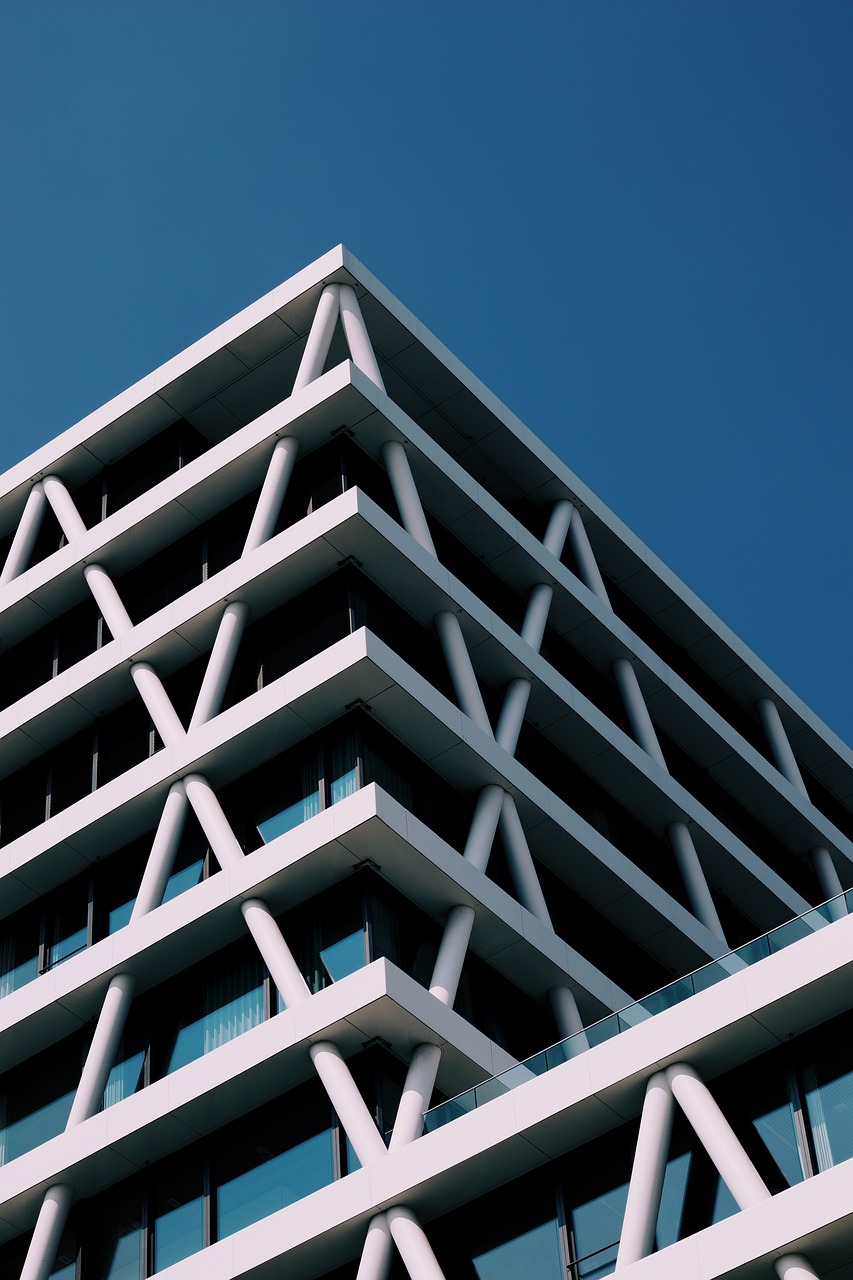Advanced render systems transform and protect structures by combining durable materials with innovative technology. From premium silicone renders to insulated basecoats, these solutions enhance façades while improving energy efficiency and weather resistance. Understanding product types, applications, and installation methods empowers you to select the best system for your project’s needs—balancing quality, cost, and long-term performance. Explore how to achieve professional finishes with lasting impact.
Defining Render Systems: Types, Functions, and Core Benefits
In building and renovation, Render Systems refer to layered finishing solutions applied to external or internal walls, differentiating them from graphics “rendering” in computing. These systems act as protective and decorative barriers, significantly enhancing the appearance, performance, and resilience of a structure. Available in varied forms—such as monocouche (single-layer), thin coat (including silicone, acrylic, and mineral renders), and external wall insulation (EWI) render—they address diverse substrate and climate requirements.
In parallel : Sell used electronics easily with instant quotes and fast payments
Core types include monocouche render, which is a pre-coloured, cement-based solution requiring just one application for fast, uniform results. Thin coat renders like silicone or acrylic versions add flexibility, excellent weather resistance, and a wide spectrum of finishes and colours. Insulated systems, combining render with thermal panels, deliver notable improvements in building energy efficiency.
Benefits go well beyond surface appearance. These finishes safeguard substrates from moisture, combat algae and mould growth, reduce thermal bridging, and lower ongoing maintenance. Homeowners often choose coloured render options for lasting vibrancy and practicality, while professionals prioritise durability and compatibility with insulation for both new builds and refurbishment projects.
Also read : Comprehensive it support services for small businesses
Comparing Render System Features, Installation Processes, and Maintenance
Key characteristics
Precision: Coloured render contains pigment throughout, so even if chipped, the colour remains—unlike paint, which can peel and fade. Modern render systems, such as silicone and monocouche types, are praised for breathability, allowing moisture vapour to escape while keeping water out. High weather resistance safeguards against rain and frost, reducing long-term damage from the UK’s humid climate. Colour-fastness extends the fresh appearance for years. Insulating renders, including systems with integrated insulation boards, support energy efficiency and provide a thermal barrier, keeping interiors warmer in winter and cooler in summer.
Step-by-step installation guide
- Begin by preparing the substrate—whether brickwork, block, timber frame, or insulation boards. Surfaces must be clean, dry, and structurally sound.
- Apply a render basecoat or primer for adhesion and to manage absorption.
- Install mesh reinforcement within the base layer to prevent cracking.
- Build up layers to the required system thickness; for EWI, fix insulation boards before rendering.
- Finish with your chosen topcoat—silicone, acrylic, or monocouche—using the recommended tools for an even texture.
Best practices for maintenance
Routine cleaning with mild detergent and water prevents algae and dirt build-up. Conduct periodic inspections for cracks or discolouration, addressing them with touch-ups or spot repairs to sustain protection. Touch-up kits are available for silicone and coloured finishes, supporting easy repairs. For insulated systems, ensure render and insulation remain adhered and watertight to maintain performance over time.
Evaluating Cost, Product Options, and Suitability for Different Projects
Price Ranges and Coloured Render vs Paint
Coloured renders generally entail higher upfront costs than paint—prices start around £83.99 (incl. VAT) for silicone render, with monocouche render often calculated per meter and final costs dependent on coverage and thickness. Additional materials like adhesives, basecoats, and accessories can add £47.99–£77.51 per item, while boards and fixings span £10–£50. Paint remains less expensive and simple to apply but may require re-coating. Coloured renders secure longevity as their pigmentation resists chipping and fading, presenting better long-term value, especially when considering ongoing painting expenses.
Suitability for Different UK Projects and Climates
Renders such as thin coat silicone or monocouche excel in both new builds and refurbishments throughout the UK, thanks to breathability and moisture resistance. These systems suit various substrates—including blockwork, masonry, and carrier board—adapting to damp and cold conditions common in Britain, with crack resistance and flexibility that help avert weather-related damage. Lime renders, meanwhile, offer traditional breathability suited for heritage property retrofits.
Sourcing, Guidance, and Reliability
UK building professionals benefit from samples and technical guidance to match specific render systems to project needs. Licata, a leading brand, provides extensive warranties and BBA accreditation, highlighting product reliability and long-term durability. Availability spans multiple UK depots, ensuring accessibility for both standard and specialist projects.








